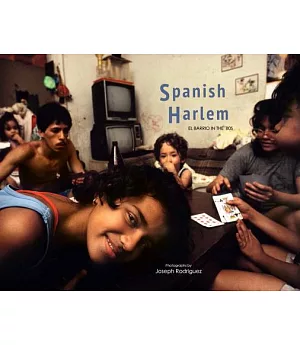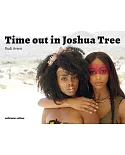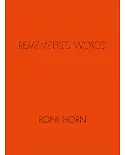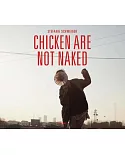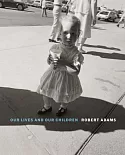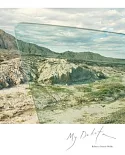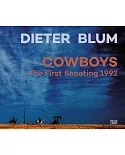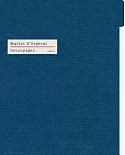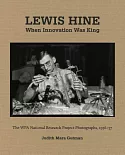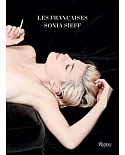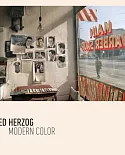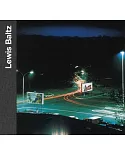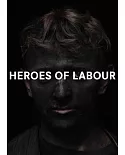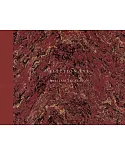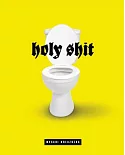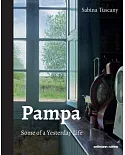To live in Spanish Harlem, New York’s oldest barrio, is to confront some of the city’s most endemic problems: crime, drugs, AIDS, and chronic unemployment. Yet the mecca where Puerto
Ricans first established themselves in the 1940s is now the "capital of Hispanic America"—home to 120,000 people, half of whom are Latino. Shot in the mid-to-late 80s, Joseph
Rodriguez’s superb photographs bring us into the heart of Spanish Harlem, capturing a spirit and a time that survives despite the ravages of poverty. In a now-distant landscape
littered with abandoned buildings, ominous alleyways, and plagues of addiction, the residents of Spanish Harlem persevered with flamboyant style and gritty self-reliance. From
idyllic scenes of children playing under the sprinklers on the playground, or performing the Bomba Plena on "Old Timer’s Day," to shocking images of men shooting up speedballs
and children dying of AIDS, Rodriguez showcases a day in the life of the barrio.
From the author:
Spanish Harlem is a place I have experienced in my adolescence. I always remembered Ben E King’s song, "There is a Rose in Spanish Harlem." As a teenager, my uncle had a candy
store there. Often my cousin and I would make the long journey uptown on the subway from Brooklyn to visit him at his store. People on the block would come by to play dominoes,
listen to the music of Puente, Palmeri, Colon, drink beer and talk about baseball. I was always excited to listen to the many stories of the streets of the barrio. I did not begin
to photograph El Barrio Spanish Harlem until I was a student at the International Center of Photography in the mid 80s. My teacher Fred Ritchin (then the director of the
documentary program) had given us students a group assignment on the gentrification of East Harlem. After completion of the documentary, which was for fundraising and public
awareness, I began to look closer at this community. I was very frustrated to see the only time the local newspapers mentioned El Barrio was when crimes were committed. I knew then
that I had to
spend time to try and break these stereotypes. I began by going inside, behind the closed doors of many of its families, shops, churches, and cultural institutions. I photographed
from 1985-1990.

